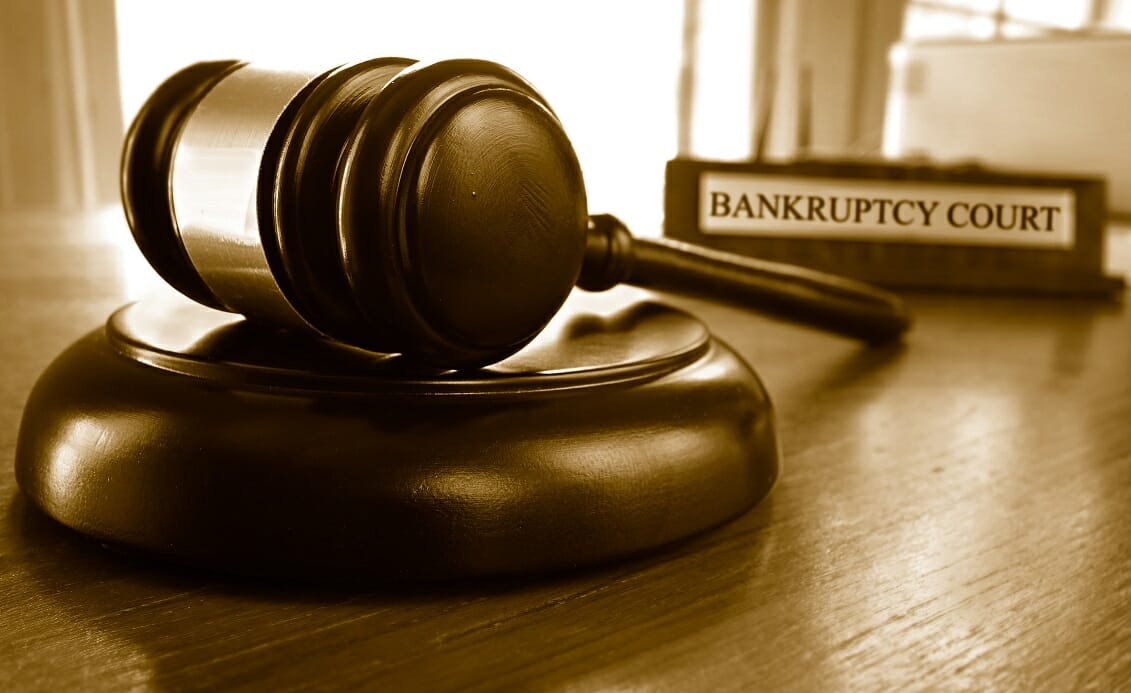How Much Does Bankruptcy Chapter 7 Cost in the USA?

Filing for bankruptcy isn’t free. And while Chapter 7 bankruptcy offers relief from crushing debt, it also comes with a price tag. Understanding the full cost—both upfront and hidden—can help you decide if it’s the right move for your financial future.
In this guide, we’ll walk you through everything you need to know about the cost of Chapter 7 bankruptcy in the United States, including filing fees, attorney charges, required courses, and potential waivers.
Whether you’re just considering bankruptcy or already preparing to file, this article explains it all—in plain English.
What Is Chapter 7 Bankruptcy?
Chapter 7 bankruptcy is a legal process that allows individuals to eliminate most of their unsecured debts, like credit cards, personal loans, and medical bills. It’s often referred to as a “fresh start” bankruptcy.
Unlike Chapter 13, which involves a repayment plan, Chapter 7 involves liquidating non-exempt assets to pay off creditors. Most filers don’t lose anything thanks to exemptions.
But before you get that fresh start, you’ll need to handle a few costs.

How Much Does Chapter 7 Bankruptcy Cost?
Let’s break it down:
1. Court Filing Fee
- Standard cost: $338 (as of 2025)
- Paid directly to the bankruptcy court when filing your case.
This includes:
- $245 for the filing
- $78 administrative fee
- $15 trustee surcharge
2. Credit Counseling & Debtor Education Courses
- Required by law before and after you file
- Average cost: $10–$50 per course
- Many providers offer the courses online
These two courses are mandatory:
- Pre-filing credit counseling
- Post-filing debtor education
3. Attorney Fees
- This is the biggest cost
- Typical range: $1,000 to $2,500
- Cost varies based on location, case complexity, and attorney experience
Note: You must pay attorney fees in full before filing. Once you file, the debt is wiped out—so they can’t collect afterward.
4. Miscellaneous Costs
- Credit report: $20–$40 (if not included)
- Copying and mailing documents: $25–$50
- Transportation to court: Varies
Total Estimated Cost of Chapter 7 Bankruptcy
| Item | Estimated Cost |
|---|---|
| Court Filing Fee | $338 |
| Credit Counseling Course | $10–$50 |
| Debtor Education Course | $10–$50 |
| Attorney Fees | $1,000–$2,500 |
| Other Costs | $50–$100 |
| Total | $1,400–$3,000+ |
Can You File Chapter 7 Bankruptcy Without a Lawyer?
Yes, but it’s risky.
- You can file “pro se” (on your own) to save on legal fees.
- However, the process is complex.
- One small error can lead to your case being dismissed.
If your case is straightforward and you’re comfortable reading legal instructions, it’s possible. But if you own property, have significant assets, or face aggressive creditors, it’s best to hire a lawyer.

Are There Any Free or Low-Cost Options?
1. Filing Fee Waiver
- If your income is below 150% of the federal poverty level, you can apply to have the $338 fee waived.
- Apply with Form 103B
2. Legal Aid Organizations
- Many offer free or reduced-fee legal help for low-income individuals.
- Find help at Legal Services Corporation
3. Pro Bono Attorneys
- Some attorneys offer free services as part of community outreach or legal aid programs.
- Ask local bar associations.
4. Nonprofit Credit Counselors
- They can guide you through alternatives like debt management plans.
- Visit NFCC.org for approved agencies.
Why Do Attorney Fees Vary So Much?
The cost of hiring a bankruptcy attorney depends on:
- Location: Big cities cost more.
- Case complexity: More assets or disputes = higher cost.
- Experience: Seasoned attorneys charge more—but often get better results.
In rural areas, fees might be as low as $1,000. In cities like New York or San Francisco, fees often exceed $2,000.
What Happens If You Can’t Afford Chapter 7 Bankruptcy?
It’s an ironic truth: People who need bankruptcy the most often can’t afford it. If that’s your case, consider these options:
1. Payment Plans
Some attorneys offer payment plans before filing. Once filed, they can’t collect—so all payments must be upfront.
2. File Pro Se With Help
You can file on your own with guidance from:
- Court self-help centers
- Online forms from USCourts.gov
3. Chapter 13 Bankruptcy
While Chapter 13 has a repayment plan, you can pay attorney fees over time. It may be a better fit if you can’t pay Chapter 7 costs upfront.
Hidden Costs of Chapter 7 Bankruptcy
1. Asset Liquidation
If you have non-exempt assets, they may be sold. Be sure to review your state’s exemption rules.
2. Credit Impact
Bankruptcy stays on your credit report for 10 years. While it offers relief, it affects your ability to get loans or low-interest credit.
3. Time and Stress
Even with legal help, bankruptcy requires paperwork, court appearances, and stress. Be prepared to stay organized.

FAQs About Chapter 7 Bankruptcy Costs
How much is the Chapter 7 filing fee?
As of 2025, the federal filing fee is $338.
Can I get the filing fee waived?
Yes, if your income is below 150% of the poverty line. File Form 103B.
Are attorney fees negotiable?
Sometimes. Ask for a flat fee and whether payment plans are available.
Can I include the bankruptcy fee in my bankruptcy?
No. All fees must be paid before your case is filed. Attorneys cannot bill you after filing.
Is it cheaper to file Chapter 7 or Chapter 13?
Chapter 7 is usually cheaper upfront. Chapter 13 costs more but allows you to pay fees over time.
Final Thoughts: Know the Real Cost Before You File
Filing for Chapter 7 bankruptcy can be a smart financial decision—but you must plan for the costs. While the process offers debt relief, it requires money upfront for filing, legal help, and mandatory courses.
If money is tight, explore fee waivers, legal aid, and alternative chapters like Chapter 13. Don’t let costs stop you from getting the help you need.
Always consult with a trusted bankruptcy attorney before making any decisions. The first consultation is often free, and it could save you from costly mistakes.
